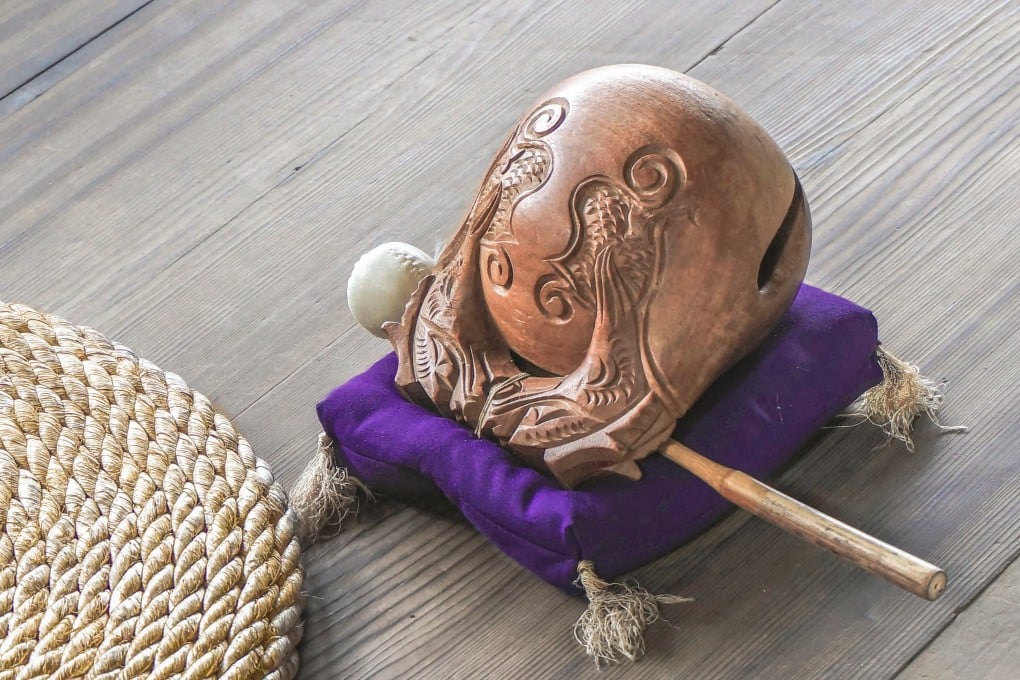3 unusual Chinese musical instruments that have experts confused
Shaped like a fish, tiger and box respectively, the muyu, yu, and zhu are percussion instruments that all fall under the wood classification

Wood is a common material in many Chinese musical instruments, but relatively few are classified as wooden under the system that assigns instruments to one of eight categories, the bayin. That is because their wooden parts are not used directly to produce music.
The instruments that are classified as wood instruments are percussion instruments that are usually played for symbolic purposes in rituals rather than to be enjoyed for their own musical merit. Find out more about them below.
1. Muyu
The Chinese temple block, or muyu – which means “wooden fish” – is a hollow woodblock that creates a calming sound. It is often used by Buddhists to set a rhythm when reading sutras and chanting. It originated in China and is to this day used by Buddhist monks and followers across Asia.